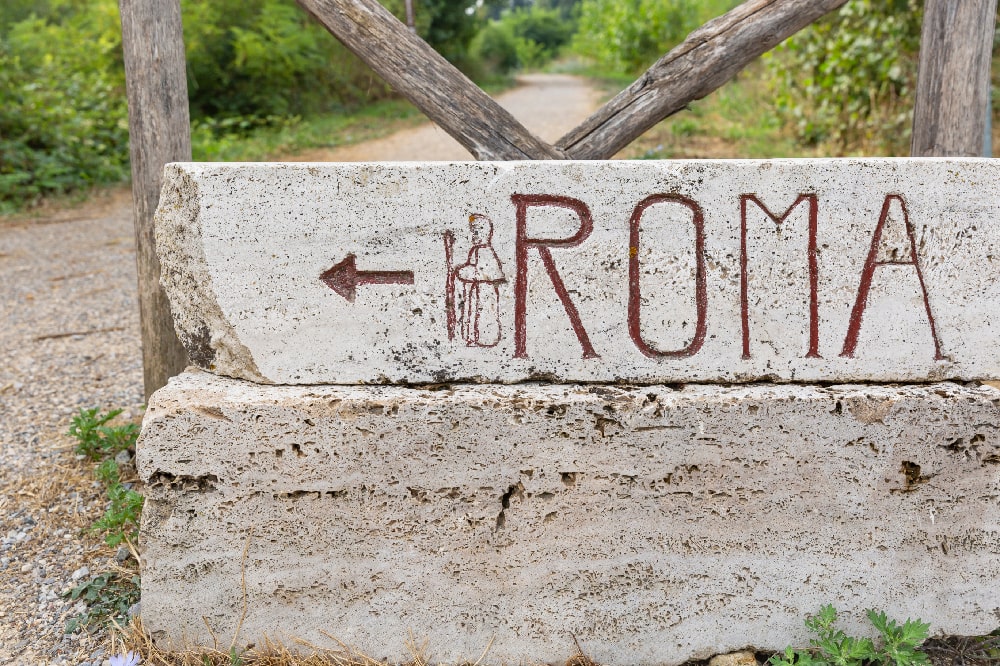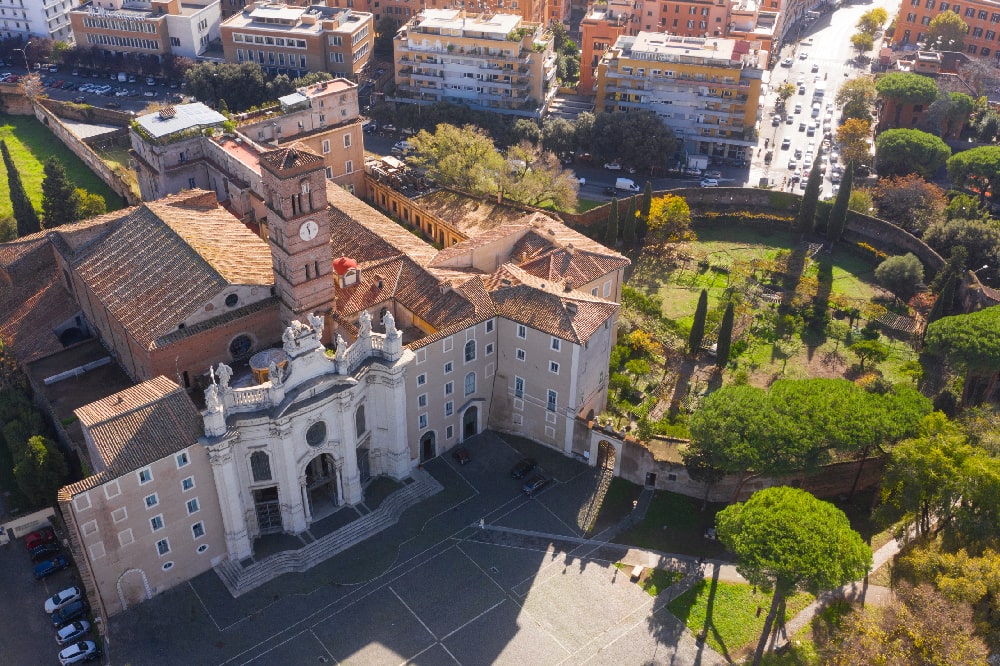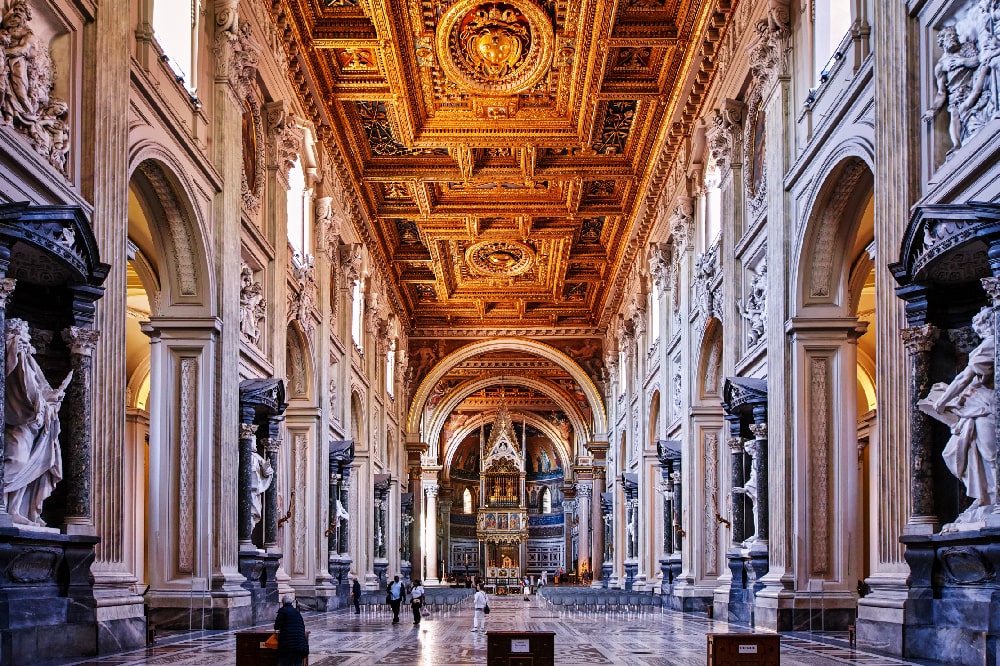The role of the priest in the Communion’s preparations is important and complex in its gestures, words and symbols, defined since the origins of the Church in a precise and recurring ritual.
The purpose of this ritual is to prepare the group of Faithful to the moment when, by consuming Bread and Wine, the sacrifice of love of Jesus Christ will be renewed once again, and His promise of hope offered to all men of goodwill.
The priest who prepares the faithful to the Holy Communion becomes the guide and vehicle not just to the Eucharist, but to Jesus Himself represented by it. The common prayers, the Pater Noster above all, a sign of respect and solemnity, symbolize the path of faith, our internal journey together with the other faithful. The Eucharist is, above all, a moment of community and devotion, and needs to be celebrated as such.
Following the prayers and the exchange of the sign of peace, a gesture that confirms the will of communion and unity of the assembly, the priest breaks the bread, symbolized by the Great Ostia, eats a piece, raises the chalice and recites: “The Body And the Blood of Christ, together in this cup, are for us food of eternal life”. From that moment, the host and the chalice are in all respects the body and blood of Christ, with His blessing and grace.
Agnus Dei is also a time for meditation and community prayer, when the faithful are preparing themselves to accept Communion. The priest prays too, silently, and asks to be purified through the Body and Blood of Christ, which become for him and for all a protection for the soul. Communion is followed by a moment of silence: the immensity of the mystery, and the fact that we just received the body and blood of Christ, requires it even during a moment of community and devotion.
The prayer after the Holy Communion, and the Amen with which the faithful responds to it, brings the ritual of Communion back on a communal level and to its end.

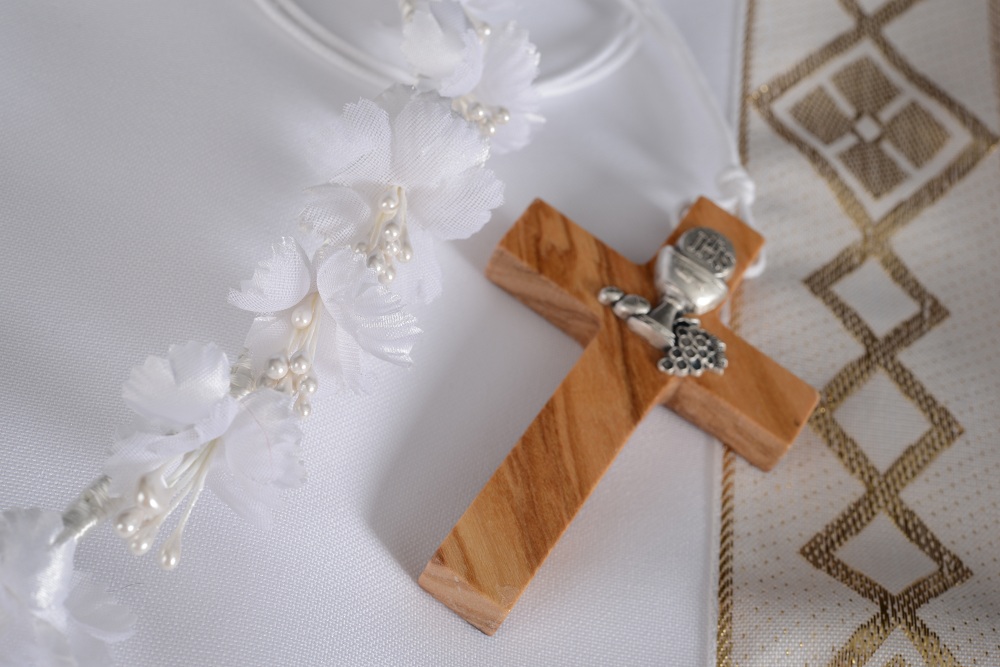
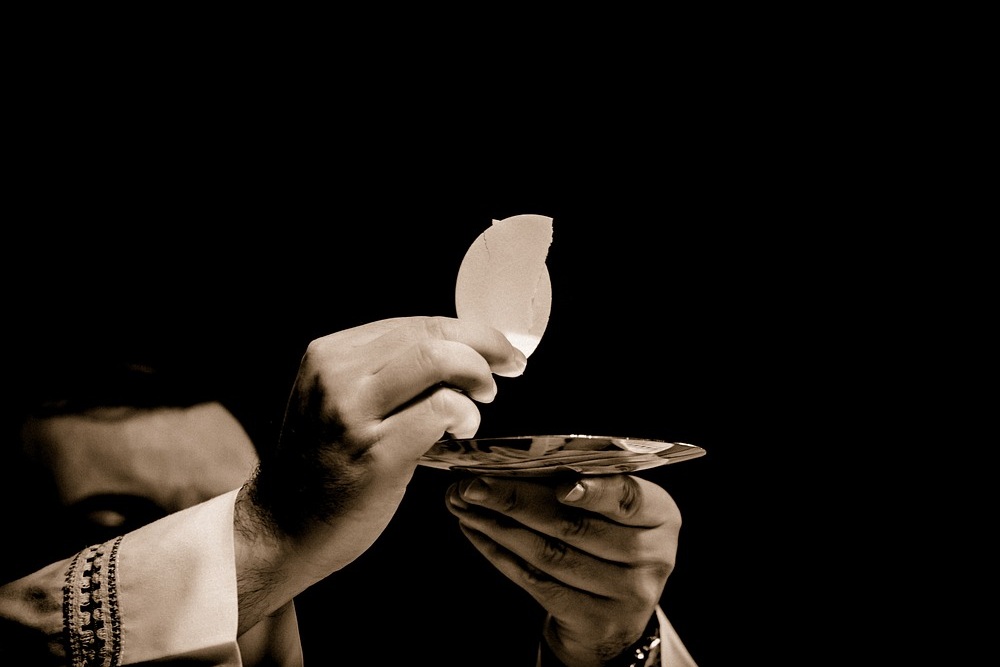
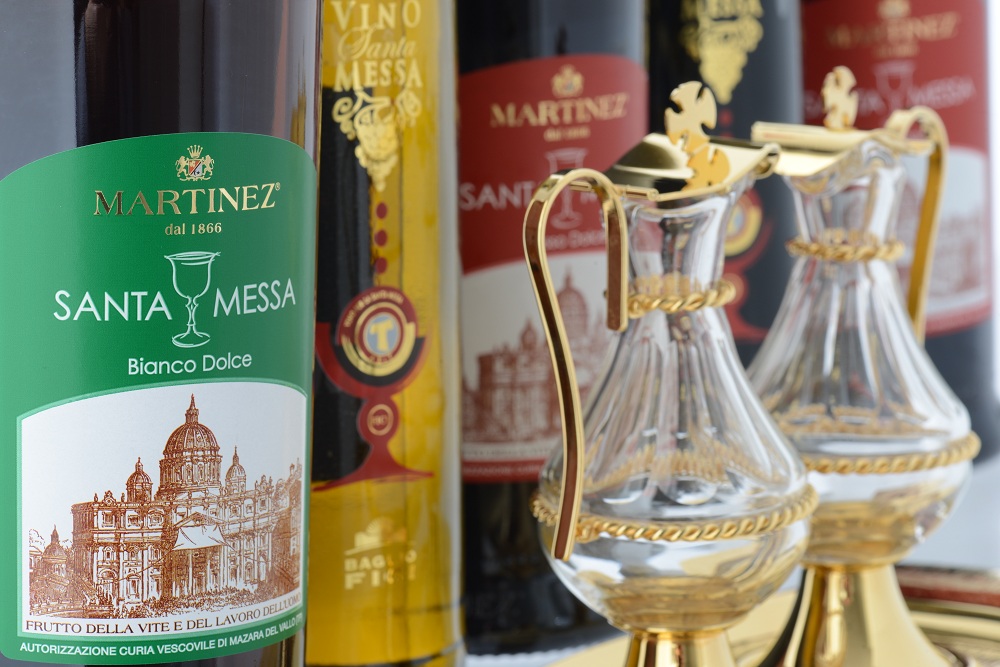
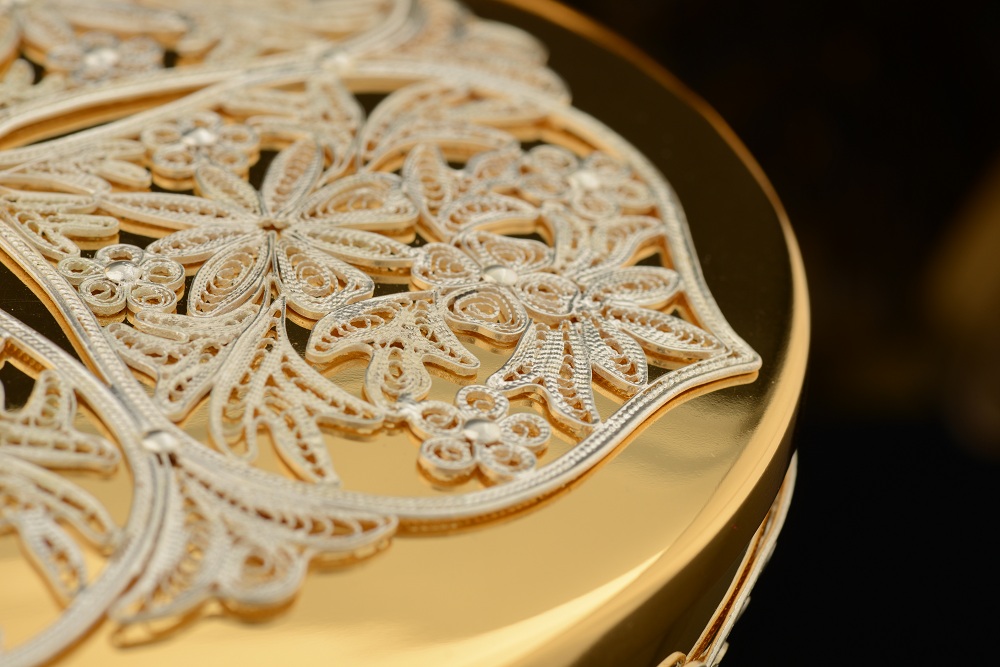
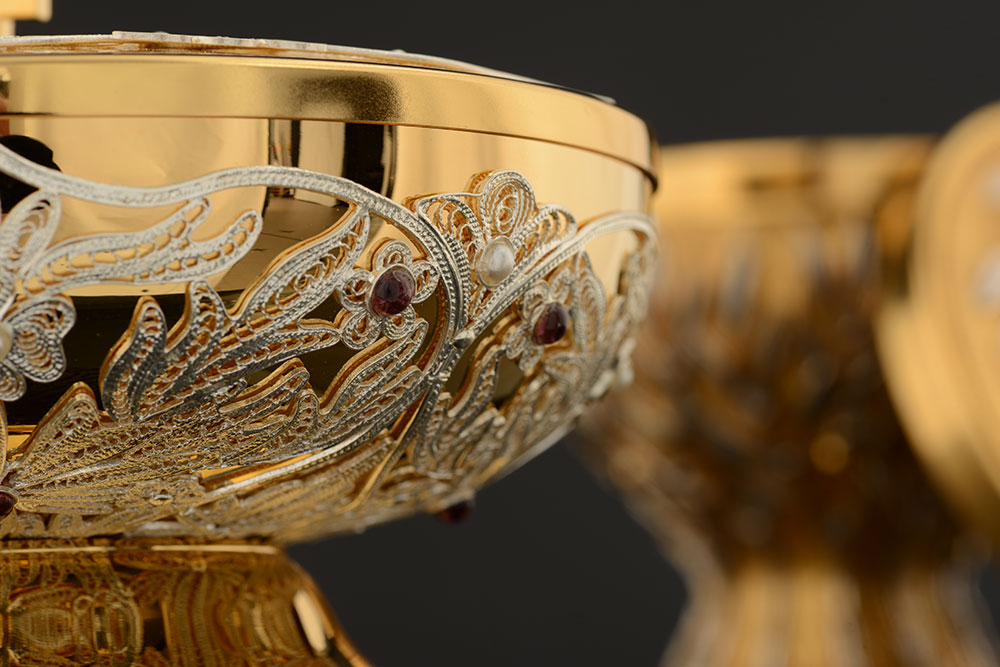
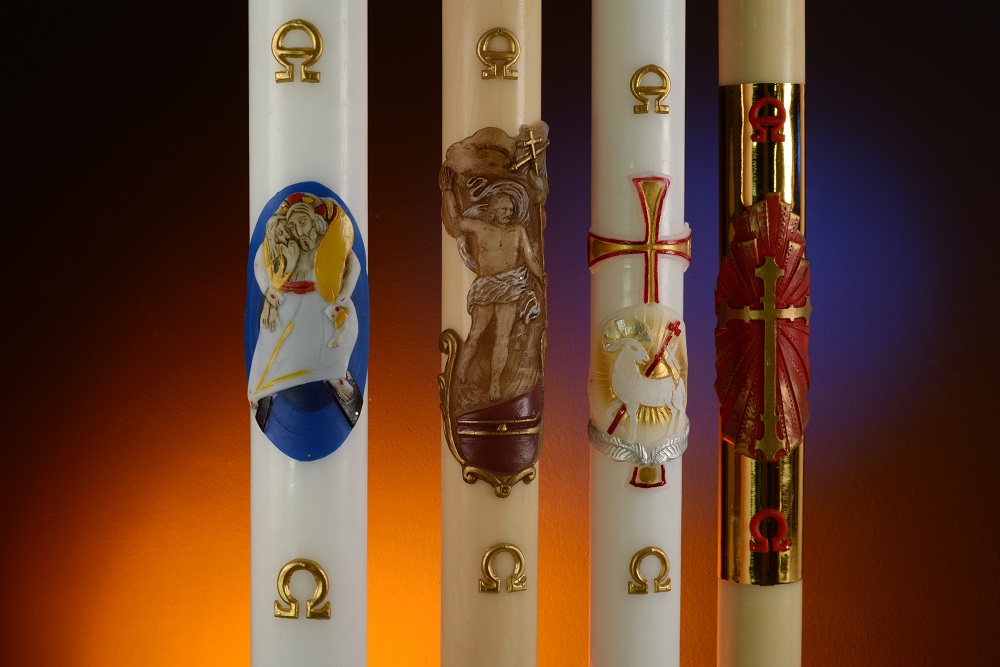
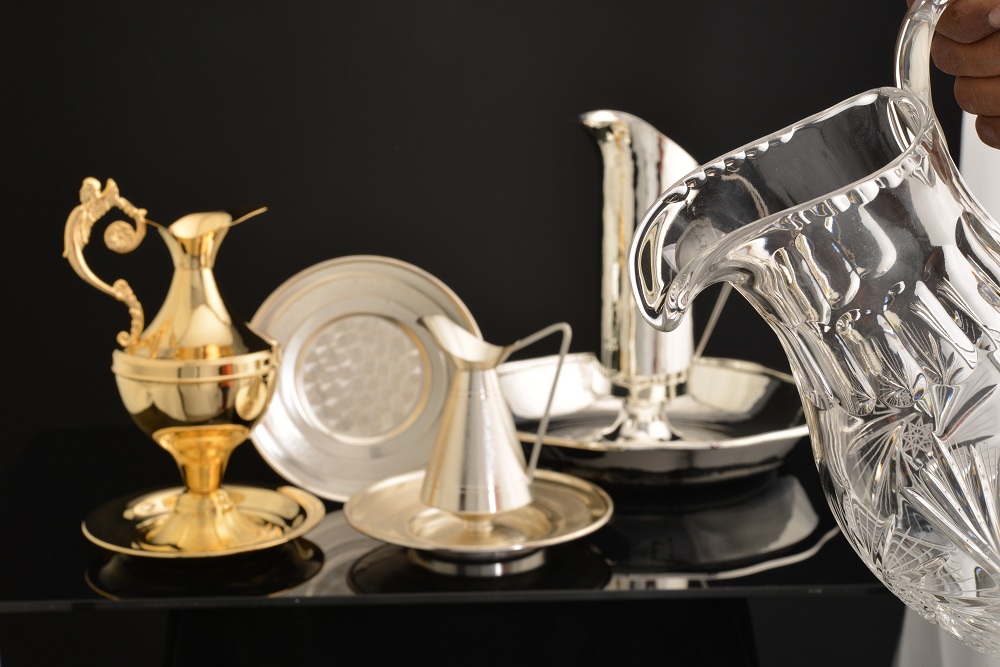
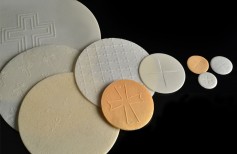
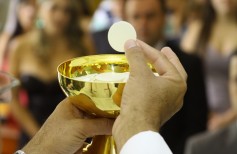







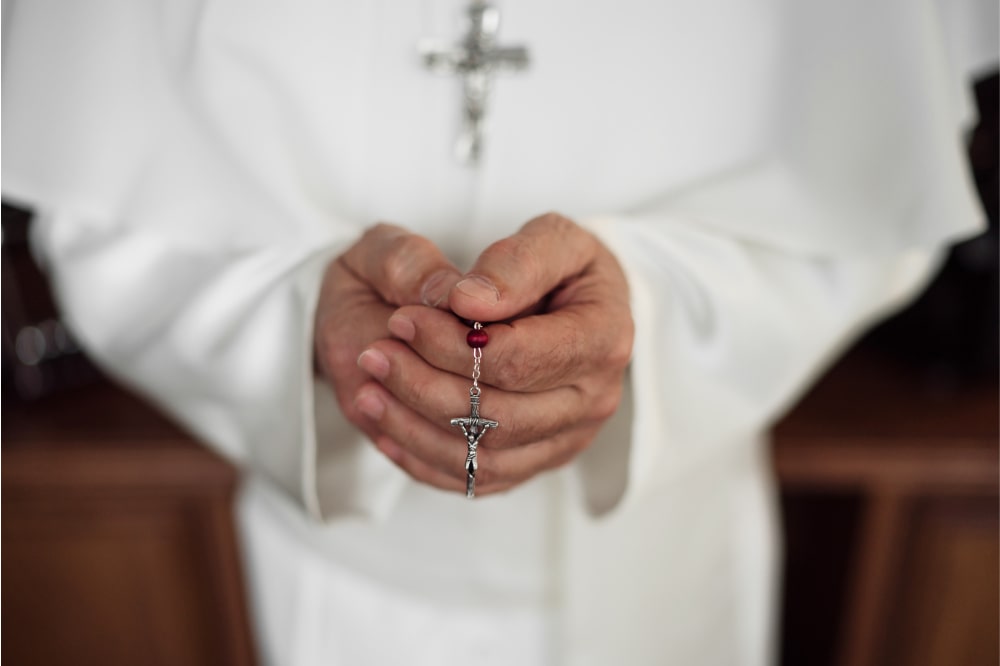
 5 June 2024
5 June 2024
